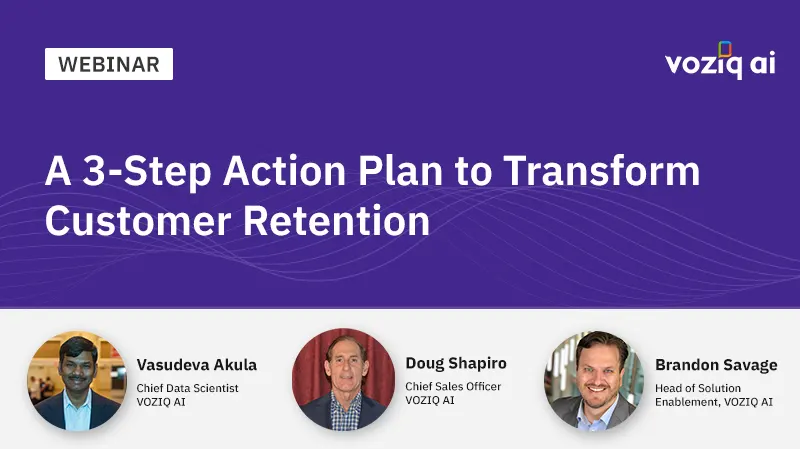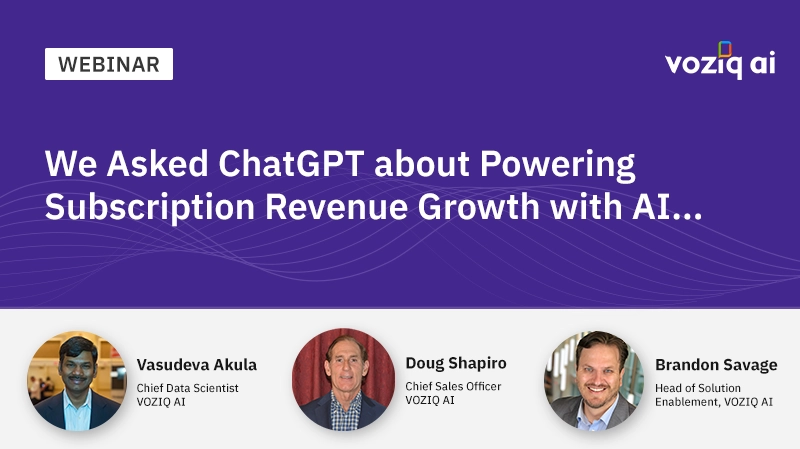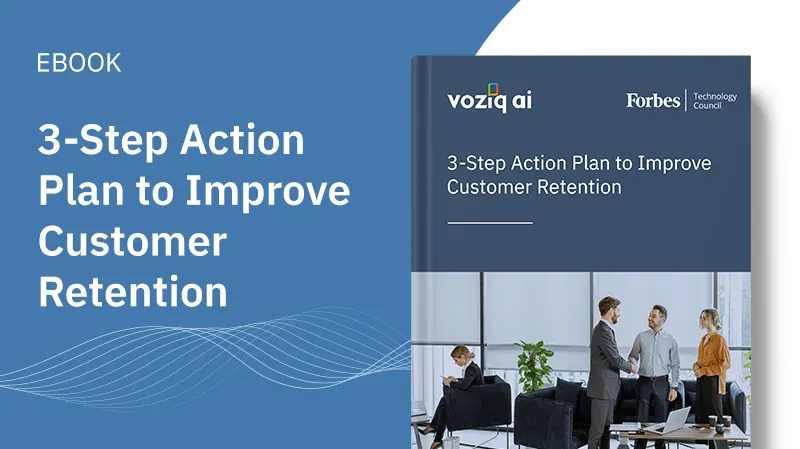Top Revenue Growth Opportunities That Don’t Involve New Customer Acquisition

Top Revenue Growth Opportunities That Don’t Involve New Customer Acquisition
Sales or new customer acquisition is the most fundamental and obvious contributor to revenue growth. When we set a higher revenue target for a new financial year, we establish new benchmarks for sales efforts that highlight how many new customers we should aim to acquire that year.
However, at the same time, there are several less-tapped growth opportunities that can boost the overall customer revenue by supporting your sales goals and reducing the cost of acquisition—and these opportunities do not involve acquiring new customers. Let’s look at them:
1. Upselling And Cross-Selling
Upselling and cross-selling are effective strategies for growing customer revenue and improving customer experience. You can identify happy customers with a low risk of cancellation and encourage them to upgrade or purchase additional products or services. Additionally, you can combine multiple products or services into a package deal at a discounted price. Also, offering additional products or services that complement what your customers have already purchased can further incentivize customers to buy more from you.
Both upselling and cross-selling efforts should be aligned with the interest of the customer. The objective here is to generate more revenue while providing customers with the right offers that suit their needs at the exact time.
2. Price Increase
Raising prices for existing products or services is a good way to generate more revenue from loyal customers. In fact, considering the current economic conditions, the price increase is an indispensable need. However, you should plan it carefully, as targeting the wrong customers with a price increase offer can trigger cancellation risk. It’s essential to balance the benefits of higher revenue with the potential risk of losing price-sensitive customers.
You can leverage AI and advanced analytics to analyze customer data and identify high-value customers who are less price-sensitive and may be willing to pay more for premium products or services.
3. Improving Customer Retention
With a customer canceled, it is not just the lost revenue but also the high cost of acquiring a new customer that hits your profits. That is why improving the customer retention rate can dramatically increase your revenue and long-term growth.
However, you should also understand that customers may decide to cancel and switch to your competitors after a series of unsatisfactory experiences with you. Therefore, you need to detect churn signals early in the customer life cycle and take proactive steps to mitigate the risk.
AI and machine learning can analyze customer data at the individual customer level, analyze sentiments and behaviors, and detect churn signals. This will allow you to predict customers who are high-value and are the most likely to cancel, run personalized campaigns, and engage with them proactively to minimize churn.
4. Data-Driven Referral Programs
No marketing tool is stronger than word of mouth. Referred customers tend to stay longer, spend more and bring more referrals. A referral program is a powerful way for businesses to incentivize their customers to spread the word about their products or services.
Using data analysis to track customer behavior and preferences, you can identify your most loyal and satisfied customers and encourage them to refer their friends and family. You can customize these referral programs to offer personalized incentives tailored to each customer based on their purchase history, demographics and other relevant data points. This data can enable you to create more targeted and effective referral programs that lead to increased net promoter scores, improved customer experience and higher customer lifetime value.
5. Win-Back Programs
A meticulously planned win-back strategy can drive loyalty, cost-effectiveness and revenue. Although win-back campaigns are expensive, they are still more profitable than acquiring new customers. It is because these customers already know your brand, so you don’t have to spend significantly marketing to them. It is also an opportunity to enhance your product and services.
You should only aim to win customers who are profitable and likely to stay with a personalized approach. For this, you should understand the canceling customer using all available data and identify their needs, preferences and cancelation drivers. Then, you need to calculate those customers’ current and anticipated lifetime value and implement an AI-based win-back scoring model. Based on this intelligence, you can identify canceled customers who have addressable drivers of churn and have a greater likelihood of returning given a meaningful offer.
6. Reducing The Cost Of Service
Reducing service costs can increase your revenue by adding to your margins and boosting bottom-line growth. Improving operational efficiency, optimizing resources, automating routine service or care requests, and routing complex engagements to upskilled front-line reps can save significant expenditure on servicing existing customers without creating bad customer experiences.
In addition, it can free up some resources that you can allocate to other areas of the business, such as marketing or research and development. This can further fuel growth and innovation and improve service delivery.
AI, machine learning and analytics will be critical in leveraging these opportunities. Organizations should start by defining clear objectives and unifying, collecting customer data, building and training machine learning models, and integrating those models into business processes. They will also have to establish data quality initiatives to ensure accurate and unbiased models. Additionally, they will need to consider the potential of these strategic initiatives on their workforce and processes and then take steps to reskill employees as needed.
If you have not started, it is time to focus on the activities listed above to avoid leaving a lot on the table. These strategies can grow your customer revenue significantly without incurring high customer acquisition costs. To achieve this, you should run targeted marketing campaigns, clearly mentioning your value proposition—with the goal to help your customers generate more value from their purchases.






